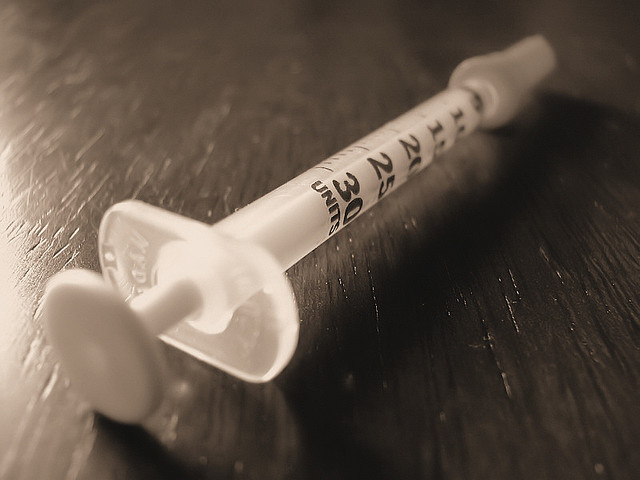Beyond Blood Sugar: Other Factors for Diabetes Management

Whether you’re newly diagnosed with diabetes or you’ve lived with the disease for many years, you know that keeping your blood sugar in check might be the single most important aspect to maintaining your overall good health and managing the disease. Most people with diabetes check their blood sugar two to four times per day. The American Diabetes Association recommends that for most people, the blood sugar targets should be:
- Before meals: 70-130 mg/dl
- One to two hours after a meal: Less than 180 mg/dl
Your specific situation could be different, so be sure to follow the guidelines provided to you by your physician. While blood sugar is the most often checked benchmark for monitoring your diabetes, there are other factors that should not be ignored. This handy checklist is a good reminder of the tests you should have regularly.
A1C
A1C is a test (also known as glycated hemoglobin test) that can show your average blood sugar for the past two to three months, which is one of the primary ways to measure how your treatment plan is working and whether modifications need to be made. The results of this test can help your doctor:
- Confirm that your blood sugar target is appropriate for your condition;
- Determine whether your treatment plan is correct and working well; and
- Provide an idea as to whether you need to modify your lifestyle choices to achieve better control of your diabetes.
Hemoglobin is a protein inside your red blood cells; it carries oxygen from your lungs all over your body. When glucose enters your red blood cells, it links with molecules of hemoglobin. If your blood sugar becomes too high, sugar builds up in your blood and combines with hemoglobin, which is called being “glycated.” A test measures the percent of A1C in your blood, which tells you the average blood glucose control for a few months. The American Diabetes Association says that A1C should be less than 7%, but your physician will know what’s right for you.
Cholesterol
Cholesterol is a kind of fat that is made by the liver and found in the blood. Everyone has cholesterol and needs it – it helps your brain, skin, and other organs to function properly. However, when you have too much, it can restrict your blood vessels and blood flows less freely through your body. We usually associate cholesterol with heart disease, but it is an important consideration for those with diabetes, too. Diabetes can lower the “good” cholesterol and raise “bad” cholesterol and triglycerides, and those are factors that increase your risk for heart disease or stroke.
Diabetic dyslipidemia is a condition where your lipids, or fats, are developing in a way that puts you at risk for heart disease or atherosclerosis (plaque narrowing your arteries). Insulin resistance can result from diabetic dyslipidemia and become a problem even before diabetes is diagnosed. The best ways to control your cholesterol is through healthy eating and regular exercise. Through simple diet changes and a regular exercise routine, you can work to reduce your cholesterol levels and improve your overall health.
Kidney Disease
Did you know that diabetes is one of the leading causes of kidney disease? Kidney disease that results from diabetes is called diabetic nephropathy. Too-high blood sugar levels can damage your kidneys over time. Your kidneys work to clean your blood, so if they become damaged, waste and fluids build up in your blood rather than leaving your body.
The first indicator of kidney damage is protein in your urine, which is detected by a urine test. Because kidney disease often doesn’t have noticeable symptoms at first, it’s important for your physician to check the protein (albumin) in your urine at least once a year. If you are diagnosed with kidney disease, it is important to monitor your blood glucose and blood pressure closely to help keep your kidneys from further harm.
Eye Complications
Diabetes can cause eye disorders such as glaucoma, cataracts, and macular edema. The key to avoiding or minimizing eye complications is to go for regular checkups and begin treatment immediately if there is a problem. CDPHP coverage includes the tests you should have routinely to check for diabetes complications.
Although diabetes is a disease that has to be closely monitored, long-term treatment can allow people with diabetes to enjoy a happy and healthy lifestyle. CDPHP has plenty of resources to help you live well with diabetes and educate yourself about the disease and find the best, most effective ways to manage your health.
References: American Diabetes Association, American Heart Association, U.S. National Library of Medicine/National Institutes of Health
 The Daily Dose
The Daily Dose
Comments are closed.